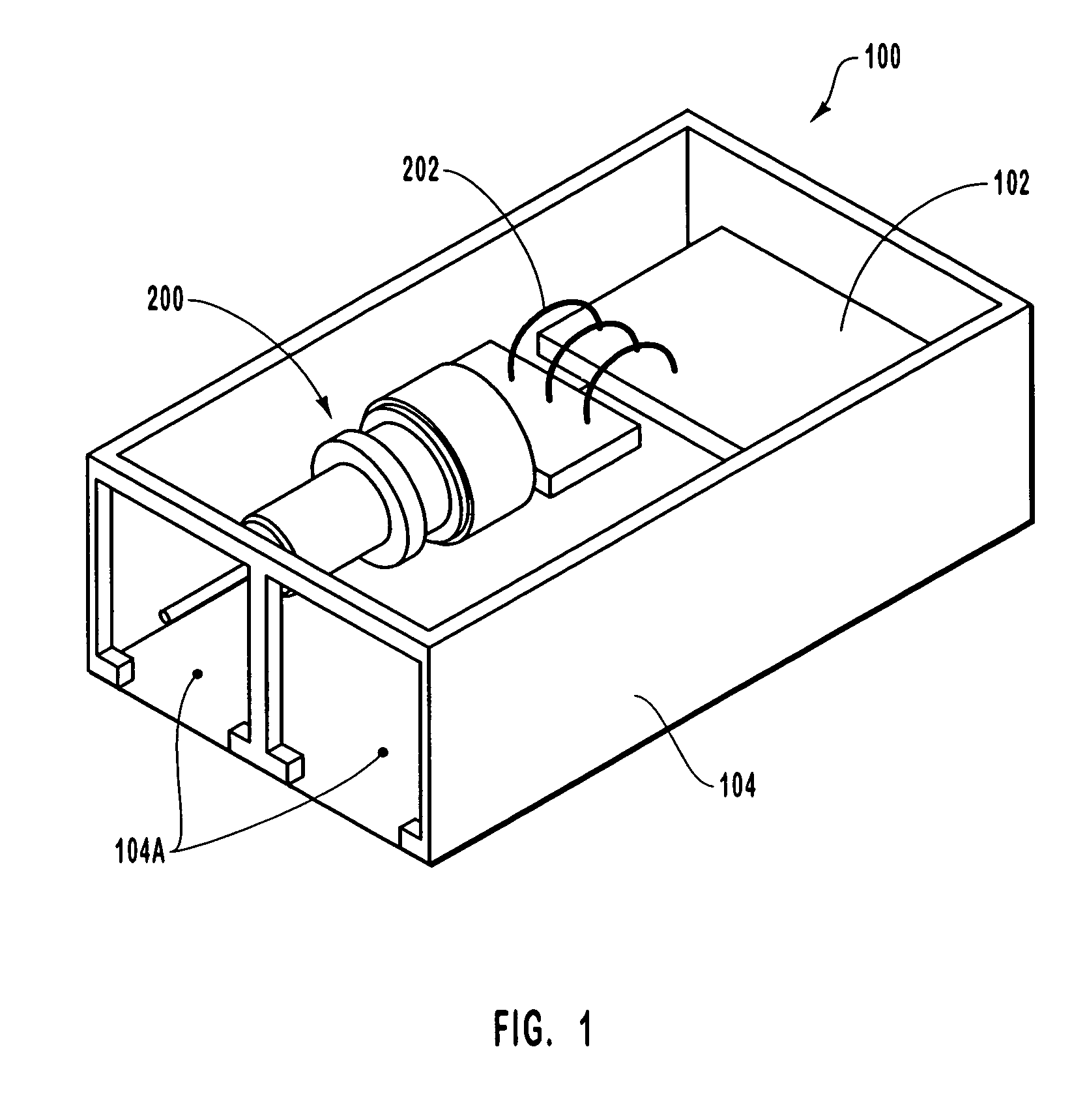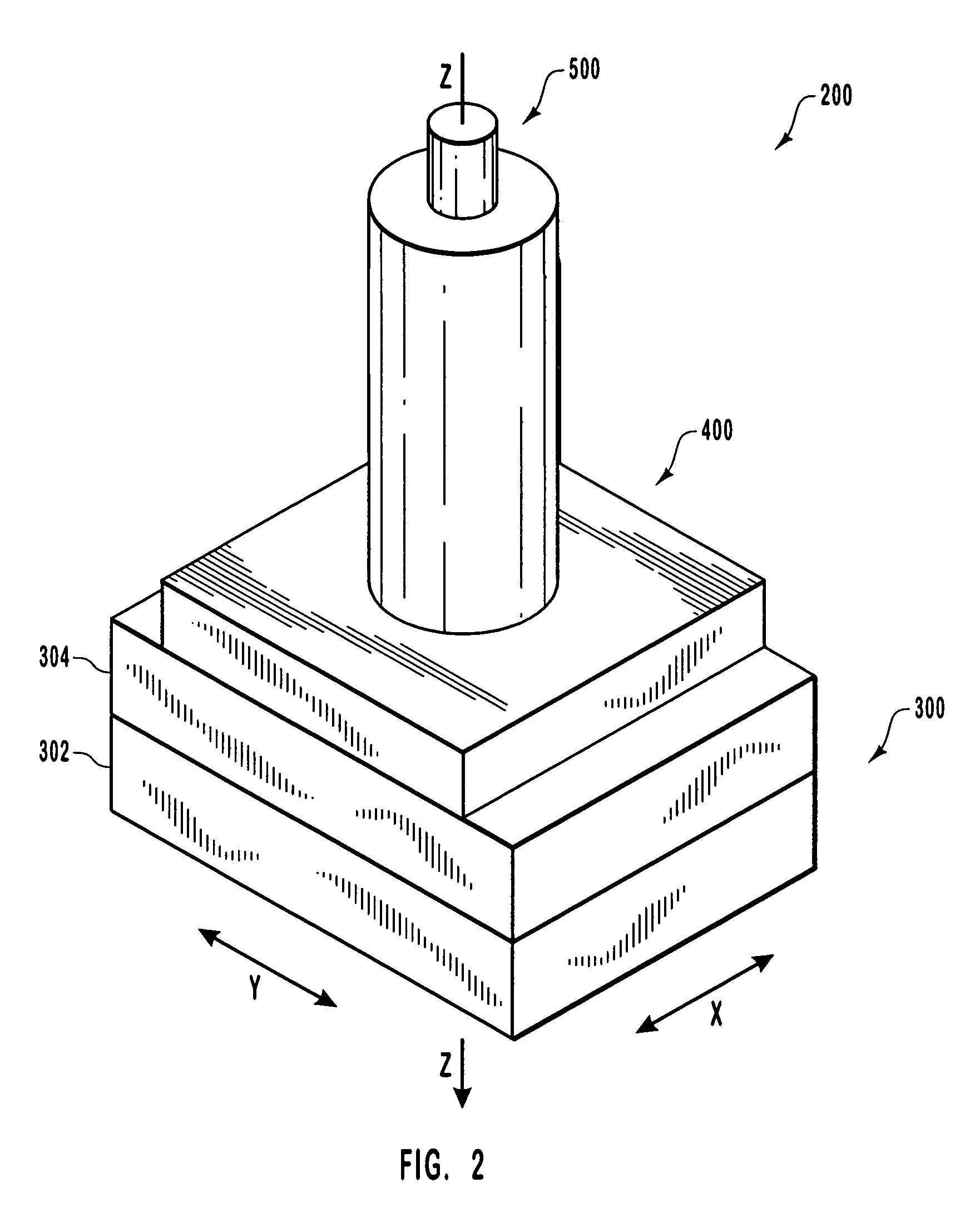Integrated optical devices and methods of making same
a technology of integrated optical devices and optical sub-assemblies, which is applied in the field of optical sub-assemblies, can solve the problems of unsuitable and/or undesirable use in some applications, complicated manufacturing processes, and relatively high cost of typical cans, and achieves the effect of reducing the number of components and rapid and inexpensive production of optical sub-assemblies
- Summary
- Abstract
- Description
- Claims
- Application Information
AI Technical Summary
Benefits of technology
Problems solved by technology
Method used
Image
Examples
Embodiment Construction
[0035]The present invention extends to optical subassemblies and associated components. More particularly, exemplary embodiments of the present invention concern an optical subassembly that includes a lens which facilitates the hermetic sealing of various components of the subassembly, while also implementing desired optical effects with respect to the optical signals transmitted and received by such optical components.
I. General Characteristics of an Exemplary Optical Subassembly
[0036]As noted earlier, embodiments of the present invention concern an optical subassembly that includes a lens which facilitates the hermetic sealing of various components of the optical subassembly, while also implementing desired optical effects with respect to the optical signals transmitted and / or received by the optical subassembly.
[0037]More particularly, and as outlined in further detail below, exemplary embodiments of the optical subassembly include a substrate that defines a cavity or depression ...
PUM
 Login to View More
Login to View More Abstract
Description
Claims
Application Information
 Login to View More
Login to View More - R&D
- Intellectual Property
- Life Sciences
- Materials
- Tech Scout
- Unparalleled Data Quality
- Higher Quality Content
- 60% Fewer Hallucinations
Browse by: Latest US Patents, China's latest patents, Technical Efficacy Thesaurus, Application Domain, Technology Topic, Popular Technical Reports.
© 2025 PatSnap. All rights reserved.Legal|Privacy policy|Modern Slavery Act Transparency Statement|Sitemap|About US| Contact US: help@patsnap.com



